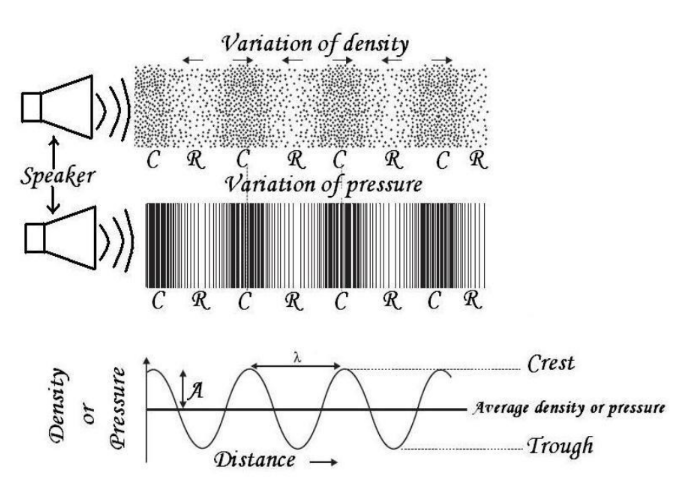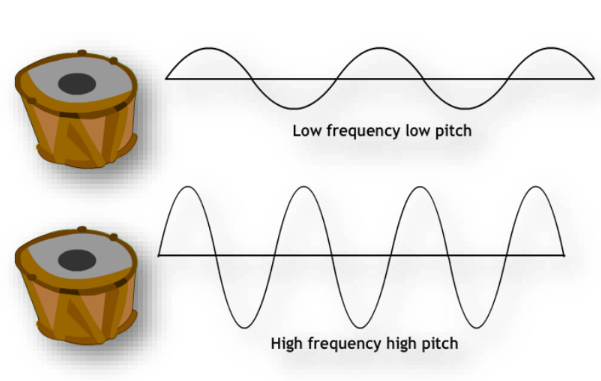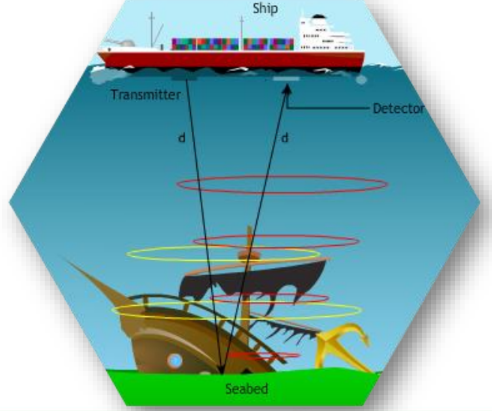Sound – Complete Guide for Class 9 Science Chapter 11
Welcome to iPrep, your Learning Super App. Our learning resources for Chapter 11, “Sound,” in Class 9 are designed to ensure students grasp this fundamental concept with clarity and precision. We provide a range of tools to facilitate a deep understanding of sound, including interactive animations, detailed explanations, and practical examples. These resources cover the production, propagation, and characteristics of sound, along with its applications and phenomena such as reflection and range of hearing. By engaging with these materials, students will gain a thorough comprehension of how sound works and its relevance in various contexts.
The concept of “Sound” in Class 9 delves into the foundational principles of acoustics, exploring how sound is produced, transmitted, and perceived. This includes an examination of the physical nature of sound waves, their propagation through various media, and the characteristics that define sound such as pitch, loudness, and frequency. Students will also investigate the practical applications of sound, including its behavior in different environments and technologies that utilize sound waves. By understanding these principles, learners gain insights into the science of sound and its relevance to everyday life, enhancing their ability to apply this knowledge in real-world contexts.
Sound
Previously, you learned that sound is a form of energy produced by vibrations. It cannot travel through a vacuum and requires a medium (solid, liquid, or gas) for transmission. Sounds we encounter daily vary from pleasant musical sounds to unpleasant noise, and can differ in loudness and pitch.
In this chapter, we will explore how sound is produced, its characteristics, and its diverse applications.
Production of Sound
Sound is generated when objects vibrate. For example, vocal cords vibrate when we speak, guitar strings vibrate to produce sound, and tuning forks create sound through their vibrations. These vibrations cause rapid to-and-fro motion in objects, leading to sound production.
Propagation of Sound
Sound travels through a medium via vibrations. When a tuning fork vibrates, it compresses and expands air particles, creating compressions and rarefactions that move forward as disturbances. This process continues as long as the object vibrates, resulting in the propagation of sound waves.

How Do We Hear?
Sound requires a medium to travel, as it is transmitted from the source to the listener through the vibration of particles in the medium. These particles do not travel to the listener; instead, they transfer the vibrational energy through the medium.
Sound Needs a Medium to Travel
Sound waves cannot travel through a vacuum. Experiments with vacuum pumps and bell jars demonstrate that sound diminishes as the air is removed, proving that a medium is essential for sound propagation.
Sound Waves Are Longitudinal
Sound waves are longitudinal, meaning the particle motion is parallel to the direction of wave propagation. This can be observed using a slinky or spring, where compressions and rarefactions illustrate how sound waves travel through a medium.

Characteristics of Sound Waves

- Wavelength: The distance between two consecutive compressions or rarefactions, denoted by the Greek letter lambda (λ).

- Oscillation: The change in density or pressure from maximum to minimum and back again.

- Frequency: The number of oscillations per unit time, measured in Hertz (Hz).
- Period: The duration of one cycle, the reciprocal of frequency.
- Pitch: The perceived frequency of sound, where higher frequencies correspond to higher pitches.

- Amplitude: The maximum displacement from the mean position, which affects the loudness of the sound.

Loudness
Loudness depends on the amplitude of the sound wave. Higher amplitudes produce louder sounds, which can travel longer distances. Loudness is measured in decibels (dB).
Relation Between Wavelength and Frequency
The speed of sound is related to its wavelength and frequency. The speed (v) of a sound wave is given by.

Speed of Sound in Different Mediums
Sound travels at different speeds in various mediums, generally faster in solids and slower in gases. The speed of sound also increases with temperature.
- In Air: Approximately 343 meters per second at room temperature.
- In Water: Faster than in air, around 1500 meters per second.
- In Solids: Generally the fastest, e.g., in steel, sound travels at about 5000 meters per second.

Reflection of Sound
Sound waves reflect off surfaces similarly to light. The law of reflection states that the angle of incidence equals the angle of reflection. Echoes occur when sound waves are reflected to the listener after a delay.


Echo
- An echo is the reflection of sound waves on a surface back to the listener.
- Commonly experienced in large empty spaces or areas with hard surfaces.
Reverberation
Reverberation is the persistence of sound in an enclosed space due to multiple reflections. It can be reduced using sound-absorbent materials in places like auditoriums.
Uses of Multiple Reflections of Sound
Applications include megaphones for directional sound, stethoscopes for listening to internal body sounds, and sound boards for uniform sound distribution.

Range of Hearing
Humans can hear frequencies between 20 Hz and 20,000 Hz. Frequencies below 20 Hz are infrasonic, while those above 20,000 Hz are ultrasonic.
Applications of Ultrasound
Ultrasound has various applications, including medical imaging (sonography), cleaning, detecting structural flaws in metals, and breaking kidney stones.

SONAR
SONAR (Sound Navigation and Ranging) uses sound waves to detect underwater objects and measure distances. It is essential for navigation and detection in marine environments.

Structure of Human Ear
The human ear consists of three parts: the outer ear (pinna), middle ear (ossicles), and inner ear (cochlea). Each part plays a role in detecting, amplifying, and interpreting sound waves.
This guide will help you understand the fundamental principles of sound, its propagation, and its various practical applications.

Let’s Conclude
This comprehensive guide on “Sound” provides a thorough understanding of the topic. It covers the essential concepts and principles with clarity, engaging explanations, and practical examples. Our resources—animated videos, practice questions, and detailed notes—are crafted to help you grasp the fundamentals of sound, including its production, propagation, characteristics, and various applications. By integrating visual aids with interactive learning, we ensure that you not only understand theoretical concepts but also see their practical relevance. Whether you’re preparing for exams or deepening your knowledge, our materials are designed to support you in mastering the subject with confidence and ease.
In conclusion, CBSE Class 9 Science Chapter 11 – Sound offers an in-depth exploration of how sound is produced, transmitted, and utilized in various applications. From understanding the basics of sound waves and their properties to learning about the human ear and modern technologies like SONAR, this chapter lays the foundation for acoustics. At iPrep, we strive to make Chapter 11 – Sound engaging and accessible through interactive animations, detailed notes, and practice exercises. With these resources, mastering the concepts of Chapter 11 – Sound becomes an enjoyable and enriching experience. Dive into Chapter 11 – Sound with iPrep, and take your learning journey to the next level!
Practice questions on Chapter 11 - Sound
Get your free Chapter 11 - Sound practice quiz of 20+ questions & detailed solutions
Practice Now








